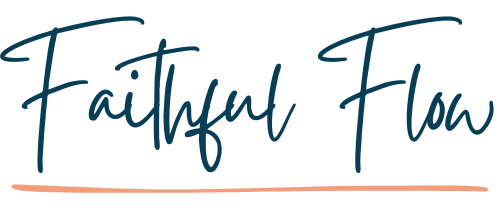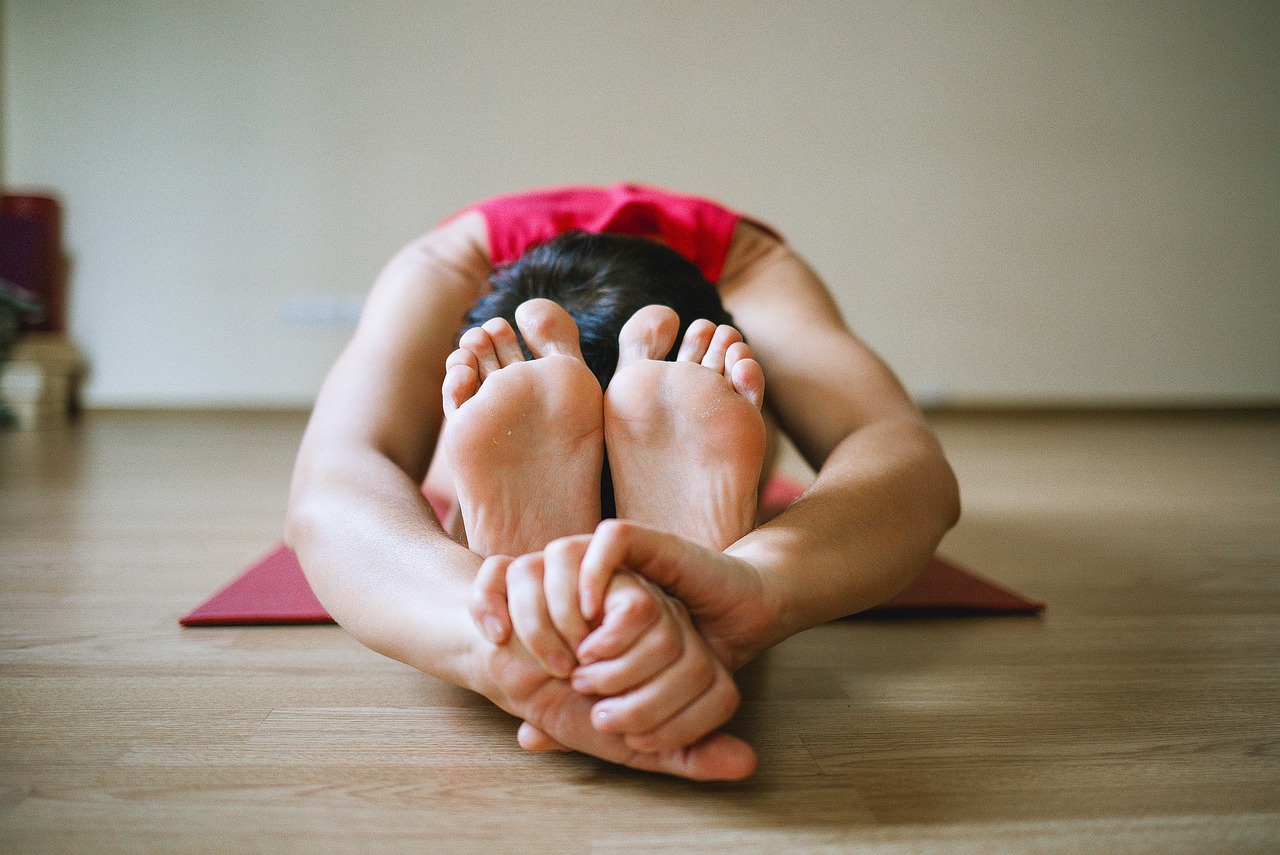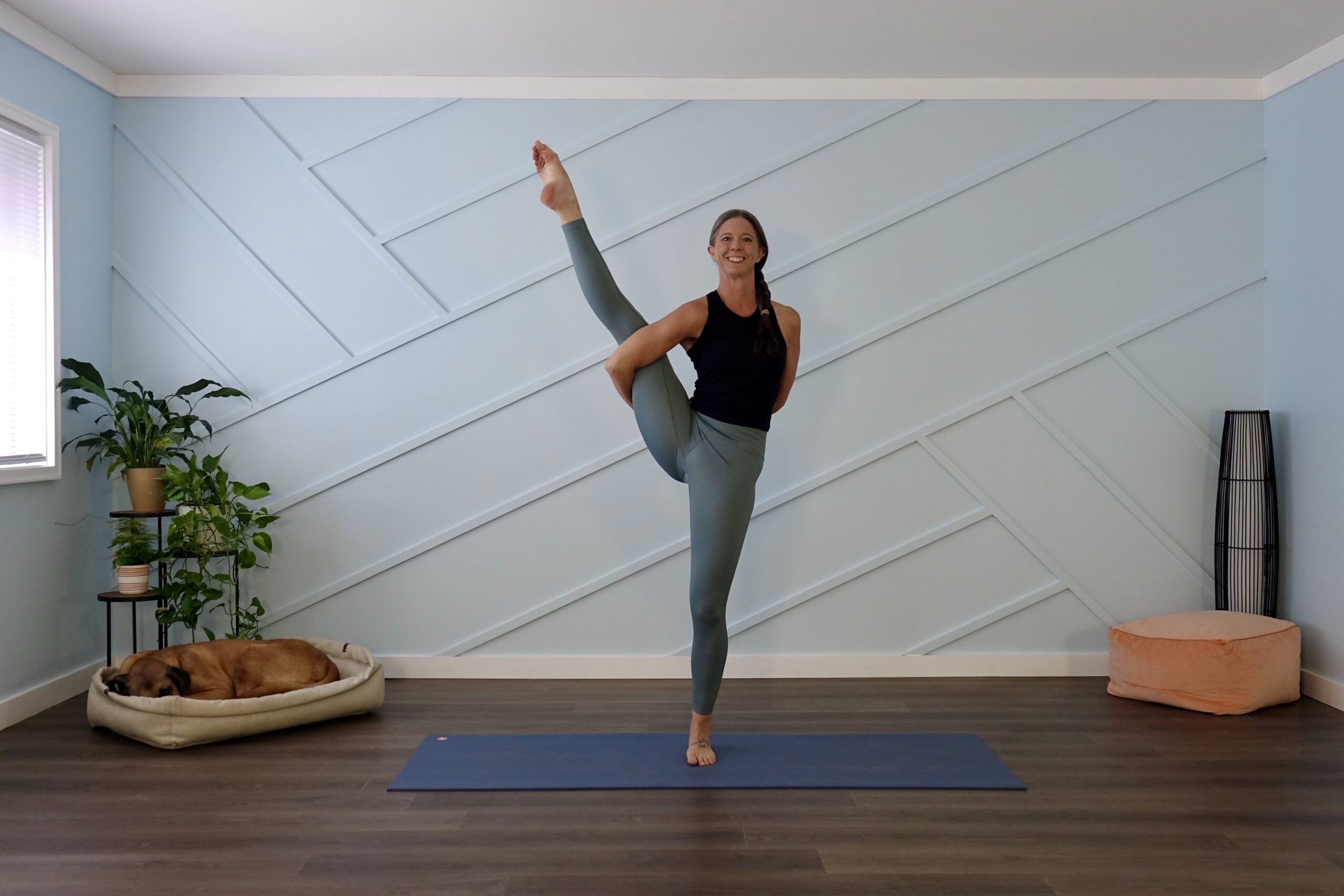You may have heard yoga teachers use the terms stretching and muscle lengthening interchangeably, but these terms have nuanced meanings and serve different purposes. Understanding the mechanics of movement is essential for yoga students to help meet your specific goals and move with intention and awareness.
Stretching is deeply ingrained in various physical disciplines, from athletics to physical therapy. It involves deliberate movement or positioning of the body to increase muscle flexibility and range of motion. Muscle lengthening refers to the process of actively increasing the resting length of a muscle over time. This can involve specific exercises or techniques to elongate muscle fibers, often to address imbalances or tightness resulting from prolonged postures or repetitive movements.
Understanding Stretching
When you stretch, you temporarily elongate the muscle fibers, which helps relieve tension, improve blood circulation, and enhance overall mobility. Contrary to popular belief, stretching isn’t solely about touching your toes or performing contortionist feats. It’s a nuanced practice that requires mindfulness and intention and helps your body function more freely.
Stretching primarily focuses on increasing the flexibility and extensibility of muscles and connective tissues. It’s about achieving a comfortable range of motion that allows fluid movement without strain or resistance. Effective stretching should be gradual, controlled, and tailored to your body’s needs. Pushing too hard or bouncing in stretches can lead to injury rather than benefits
Essential Yoga Poses for Stretching
Let’s explore some specific yoga poses that serve as excellent stretches, whether as part of a warm-up routine before exercise or as part of a yoga practice:
Downward Dog (Adho Mukha Svanasana): This iconic pose targets the entire body, stretching the hamstrings, calves, shoulders, and spine. It also encourages lengthening through the arms and opening of the chest, promoting circulation and relieving tension in the back and shoulders.
Child’s Pose (Balasana): This shape gently stretches the hips, thighs, and ankles while providing a soothing release for the spine and neck. It’s an ideal pose for relaxation and introspection, allowing you to release tension.
Seated Forward Bend (Paschimottanasana): This seated stretch targets the entire back body, including the spine, hamstrings, and calves. It’s particularly beneficial for increasing flexibility in the posterior chain and promoting relaxation.
Puppy Pose (Uttana Shishosana): This stretch primarily targets the shoulders, chest, and upper back, promoting relaxation and releasing tension. Puppy Pose is often used as a precursor to deeper chest-opening poses. It is a calming posture that alleviates stress and fatigue.
Half-Frog Pose (Ardha Bhekasana): This pose deeply stretches the quadriceps, hip flexors, and psoas muscles, promoting flexibility in the front of the thigh and hip. Half-Frog Pose also helps alleviate tightness in the lower back and can benefit individuals with sciatic pain or discomfort.
Want to learn a bit more about how our body works during yoga poses? Read about how your glutes can help support bridge pose in this tutorial.
Muscle Lengthening
Muscle lengthening, a crucial aspect of flexibility training, is the process of actively increasing a muscle’s resting length over time. Unlike the temporary effects of stretching, muscle lengthening aims to create lasting adaptations in muscle tissue, tendons, and connective structures. This can involve specific exercises or techniques often used to address imbalances or tightness resulting from repetitive movements, sedentary lifestyles, or sports-specific training.
This process typically involves eccentric contractions, where muscles actively lengthen while under tension, often through controlled movements that resist gravity or external resistance. By emphasizing the eccentric phase of exercises, you can promote micro-tears in muscle fibers, stimulating the remodeling process and encouraging the gradual extension of the muscle-tendon unit.
By targeting commonly tight or overactive muscles, such as the hip flexors, hamstrings, and chest muscles, you can restore optimal length-tension relationships and improve postural alignment. Additionally, incorporating muscle-lengthening exercises into training promotes joint health and resilience, as increased muscle flexibility reduces the stress placed on surrounding tissues during movement.
In essence, while stretching contributes to muscle lengthening, muscle lengthening encompasses a broader scope of interventions aimed at altering the structural properties of muscles and surrounding tissues.
Essential Exercises for Lengthening Muscles
Here are some specific exercises commonly used to promote muscle lengthening:
Eccentric Hamstring Curls: Using a hamstring curl machine or resistance bands, slowly lower the weight or resist the band’s pull as you extend your legs, focusing on the eccentric phase of the movement. This targets the hamstrings and helps improve flexibility in the back of the thighs.
Single-Leg Romanian Deadlifts: Holding a weight in one hand, hinge at the hips, lower the weight towards the ground and extend one leg behind you. Keep your back straight during this exercise. Focus on the eccentric phase as you lower the weight and feel the stretch in the hamstrings and glutes.
Calf Raises on an Incline: Stand on a step with the balls of your feet on the edge and your heels hanging off. Slowly lower your heels below the level of the step, feeling a stretch in your calves, then rise onto your toes. Focus on the lowering phase to emphasize the eccentric stretch of the calf muscles.
Lat Pulldowns with Slow Release: Perform lat pulldowns on a cable machine, but instead of quickly releasing the weight, slowly extend your arms back to the starting position, focusing on the eccentric phase of the movement. This targets the latissimus dorsi muscles of the back and helps improve flexibility in the shoulders and upper back.
Triceps Dips with Slow Descent: Using parallel bars or a stable surface, perform tricep dips by lowering yourself slowly until your elbows are at a 90-degree angle, then press back up to the starting position. Focus on controlling the descent phase to emphasize the eccentric stretch of the triceps muscles.
Neurological Response
Stretching and muscle lengthening elicit a complex neurological response. Here’s how the neurological response unfolds:
Activation of Muscle Spindles and GTOs: Muscle spindles are stretch receptors within the muscle fibers, while Golgi tendon organs (GTO) are at the junction between muscles and tendons. When a muscle is stretched, muscle spindles detect the change in length and signal the central nervous system (CNS) to initiate a protective reflex known as the stretch reflex. GTOs respond to changes in muscle tension and help regulate muscle force.
Stretch Reflex and Muscle Contraction: The stretch reflex is a rapid, involuntary response that causes the stretched muscle to contract in order to resist further stretching. This reflexive contraction helps maintain muscle tone and protect against overstretching or injury. However, excessive stretch reflex activation can limit flexibility and hinder the effectiveness of stretching exercises.
Neuromuscular Adaptations: With consistent stretching over time, the CNS gradually adjusts its sensitivity to stretch stimuli, leading to neuromuscular adaptations that promote increased flexibility and range of motion. These adaptations may involve changes in the threshold of muscle spindles, alterations in motor neuron excitability, and improvements in the coordination of muscle activation patterns.
Pain Modulation: Stretching also influences pain perception through complex sensory pathways and CNS interactions. Stretching can also stimulate the release of endorphins and other neurotransmitters that dampen pain signals, leading to feelings of relaxation and well-being.
Why Stretching and Muscle Lengthening is Important
Injury Prevention: By activating the stretch reflex and promoting neuromuscular adaptations, stretching helps protect against muscle strains, ligament sprains, and other musculoskeletal injuries.
Enhanced Flexibility: The central nervous system gradually adjusts its response to stretch stimuli through repeated stretching, leading to increased flexibility and improved joint mobility.
Pain Relief: Stretching can help alleviate muscle tension, reduce stiffness, and modulate pain perception, promoting relaxation and stress relief.
Optimized Performance: Improved flexibility and neuromuscular control contribute to better movement quality, athletic performance, and overall physical function.
The Power of Yoga
One of yoga’s defining features is its emphasis on conscious movement and alignment. Through diverse poses (asanas), yoga targets different muscle groups and joints, promoting balance, strength, and suppleness. Additionally, the synchronized breathing patterns (pranayama) used in yoga enhance relaxation and deepen the stretch, fostering a sense of calmness and inner awareness.
Moreover, yoga’s philosophy extends beyond the physical, encouraging students to cultivate mindfulness and presence on and off the mat. This mind-body connection inherent in yoga amplifies the benefits of stretching, fostering a deeper understanding of your body and its capabilities.
For more science-backed info about the difference between these two methods, visit the following links (off-site):
https://www.ncbi.nlm.nih.gov/pmc/articles/PMC3273886/
https://www.sciencedirect.com/science/article/abs/pii/S1356689X09000927?via%3Dihub
https://www.ncbi.nlm.nih.gov/pmc/articles/PMC6510035/
TL:DR
Stretching is a cornerstone of physical well-being, enhancing flexibility, mobility, and overall vitality. Muscle lengthening is similar but works to rebuild the structure of muscles and surrounding tissues to create lasting effects and increase the length of muscles at rest. While stretching and muscle lengthening are distinct concepts, they intersect in their pursuit of optimal movement and function.
Tonya is a 500hr RYT based in Coastal Mississippi. She loves that she gets to share the joy and healing that yoga brought to her life. In addition to teaching yoga, she flips houses with her husband. Tonya is a travel enthusiast who loves the outdoors and adventure. You'll find her at the local beach, volunteering at the animal shelter, and playing with her forever and foster dogs.





0 Comments